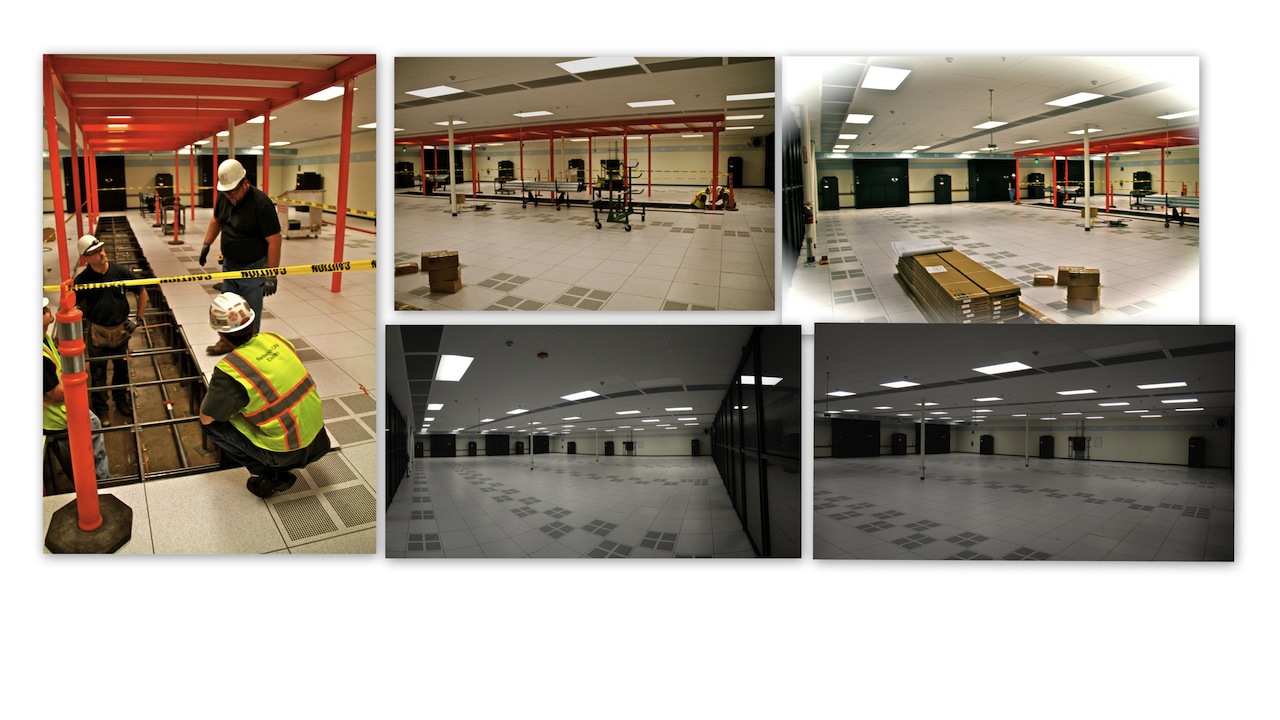Mozilla Builds a 1 Megawatt Data Center
Mozilla revealed that it has begun construction on a new data center in Silicon Valley.
The organization said that it will be openly documenting the process and share the experiences it makes with its community.
There are not a lot of details available at this time, except the fact that the data center will be located in Santa Clara and that it is designed for a total power consumption of 1 MW. In a blog post, Mozilla said that it is now operating six data centers, three of which are located in Silicon valley and consume about 455KW of power. "SCL3" will be joining two other data centers in Santa Clara as well as one in San Jose. Back in January 2010, Mozilla opened a site in Phoenix, Arizona. A data center in Amsterdam, The Netherlands, was switched on in 2006.
According to a blog post, sharing the information about building its data center may be beneficial as the organization believes it relates to "90 percent of the world", rather than the "1 percent" that may be interest in building monstrous sites that are similar to the extent of what Google or Facebook would plan.
Mozilla said that it intends to consolidate its data centers in Silicon Valley, but there was no information if or when that will happen.
Just how much is a megawatt? From Answers.com:An average U.S. household uses about 10,000 kilowatt-hours (kWh) of electricity each year. A watt is a unit of power, or energy per unit time, so it's the rate at which energy is being used. A kilowatt-hour (or 1000 watt-hours) is a unit of energy, so 10,000 kWh is how much total energy each household uses over the course of a year. This means that each household, on average, uses energy at a rate of about 1 kilowatt (1000 watts, which equal to ten 100-watt light bulbs). One megawatt is equal to one million watts, so for one instant, one megawatt can power 1000 homes. A better question to ask is how many homes can a megawatt-hour (MWh) provide with energy for one hour? If one home needs 1 kWh of energy for one hour, then 1 MWh of energy can sustain 1000 homes for one hour.
Get Tom's Hardware's best news and in-depth reviews, straight to your inbox.

Wolfgang Gruener is an experienced professional in digital strategy and content, specializing in web strategy, content architecture, user experience, and applying AI in content operations within the insurtech industry. His previous roles include Director, Digital Strategy and Content Experience at American Eagle, Managing Editor at TG Daily, and contributing to publications like Tom's Guide and Tom's Hardware.
-
huron I realize that these datacenters are what drive the technology we use, but I'm always amazed at their size an power consumption.Reply -
phishy714 In a world that aches for effeciency and lower consumption of resources... why the hell is this good again?Reply -
STravis Hmm...interesting. That still doesn't tell us anything about the capabilities of the facility.Reply -
bak0n I worked at Genuity years ago, both a floor under MAE West and in Mountain View. Just because the facility says it will be a 1MW facility doesn't mean its going to use it. It solely means it is capable of using it.Reply
Our old data center ran an OC-192 backbone. However most of those fibers remained unlit because they weren't needed. They were there in hopes of future grow in fully managed mid/high level enterprise solutions. This will be much of the same. -
that_tg How does Mozilla earn money to build anything? What are the ads that I am missing? Sales to corporate customers?Reply -
STravis that_tgHow does Mozilla earn money to build anything? What are the ads that I am missing? Sales to corporate customers?Reply
And - what does this data center (and the ones already in existence) do?
